France
Experimental cover crops under the rows of grapevines and fruit trees
The aim of this project was to develop non-chemical innovative techniques in response to the growing awareness of the winegrowers’ community for soil protection. More and more farmers were looking for natural solutions, ensuring good quality and preservation in their soil and weed management strategy. The project was conducted mainly in vineyards but also on fruit trees. Grass and cover crops prevent soil erosion and reduce evaporation loss. However, cover crops can also generate competition with grapevine plants or fruit trees by using the same soil resources to grow (water, nutrients…).
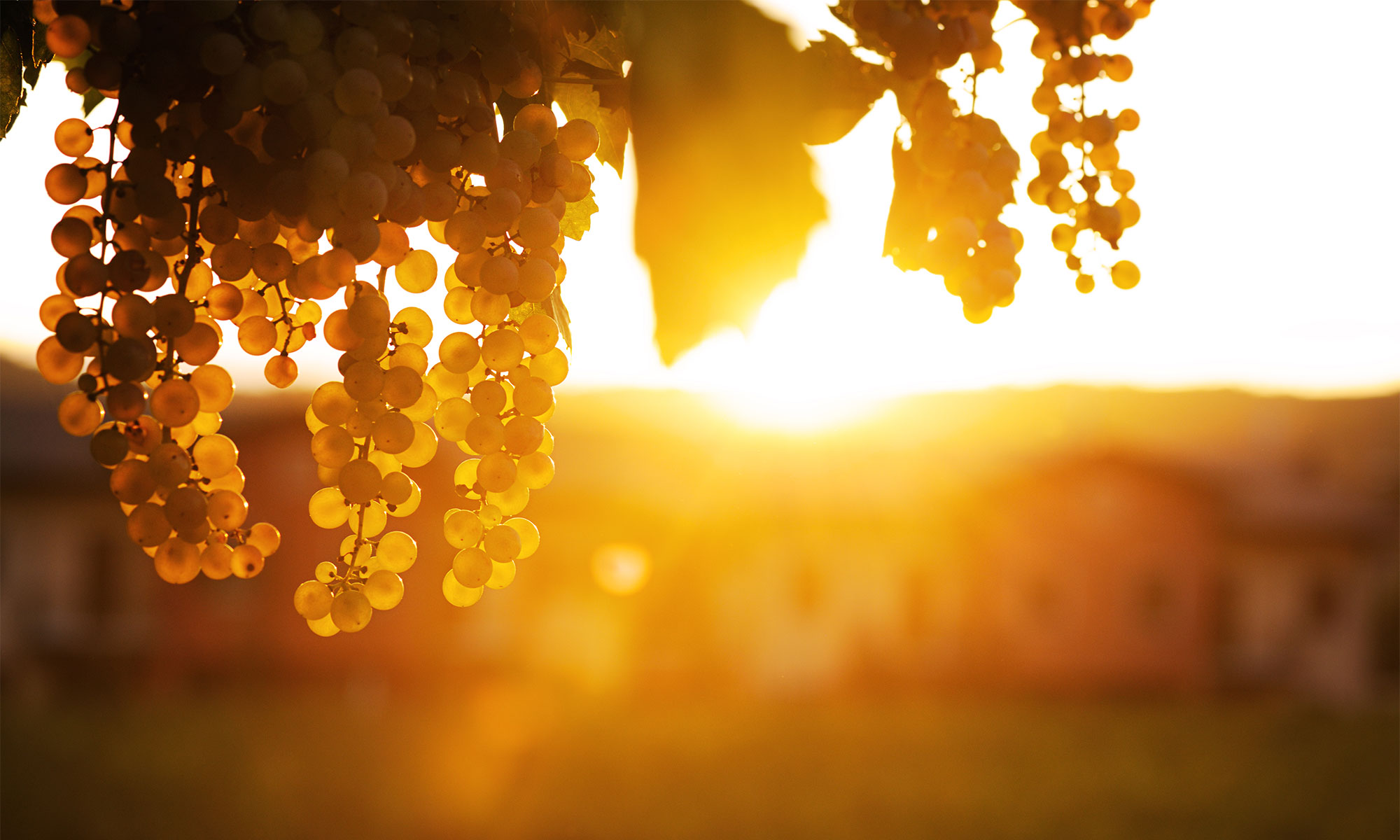
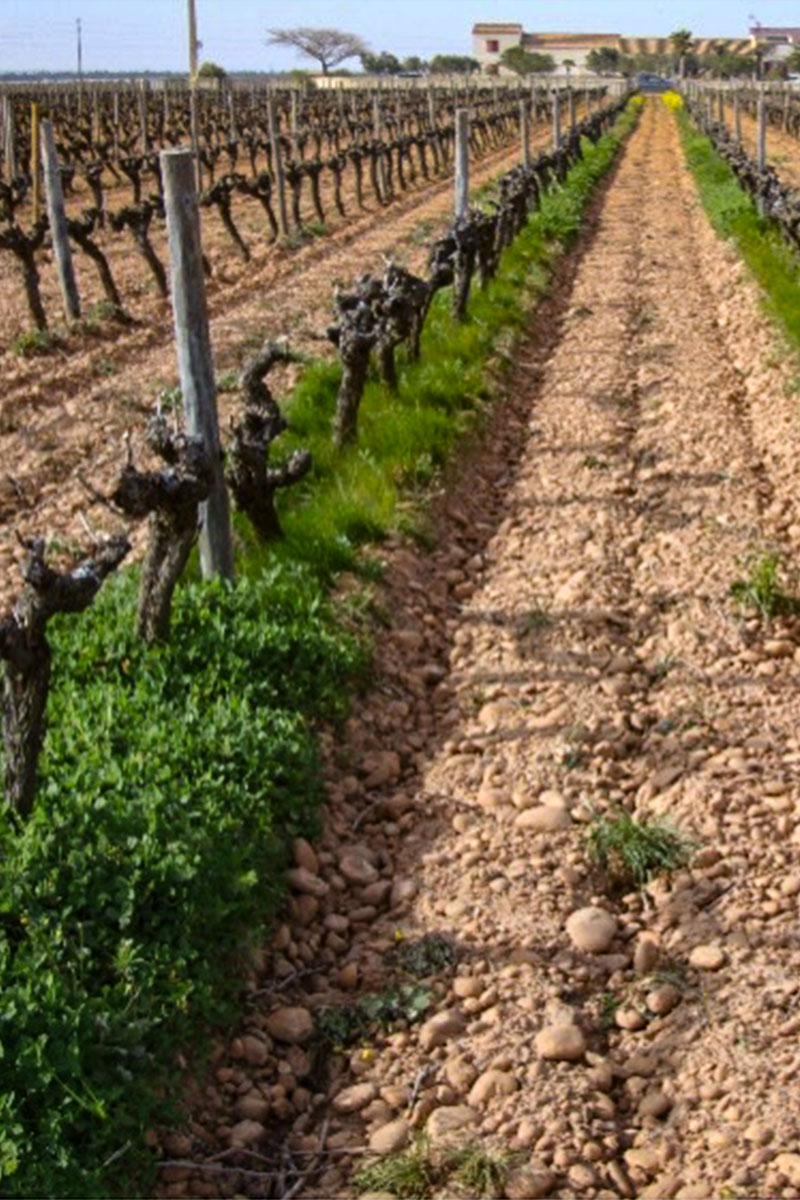
Xavier Delpuech
The zero-herbicide project Operational Group (OG) was led by the French institute for wine and vine (IFV), in partnership with the Chambers of Agriculture from Mediterranean regions: Gard, Hérault, Aude, and the Pyrénées-Orientales, and with the research center Sudexpé, which conducts experiments on cultivation techniques on fruits and vegetables in southern France.
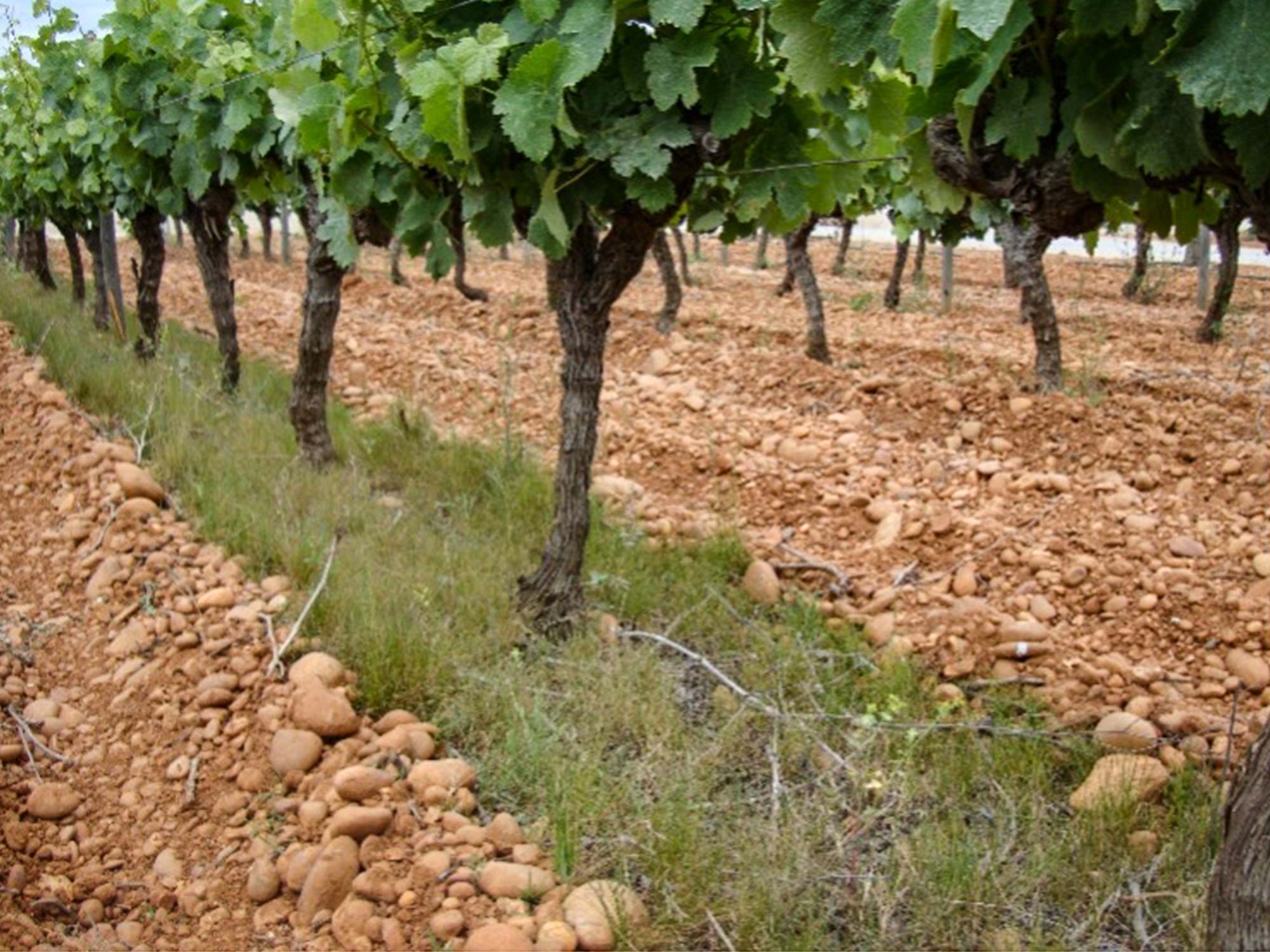
Xavier Delpuech
The zero-herbicide project to support winegrowing farms in the reduction of herbicide use. Operational Group 2015-2019.
In the Mediterranean regions, the competition for water is an important issue and cover crops are a real challenge for farmers looking for alternative weed control. Focusing on the intra-row area, this project experimented on different cover crop species and combinations, on methods of implementing the intra-row cover crops, and on measuring the competition between grapevines, weeds, and cover crop species. The objective is to have cover crops covering the soil as much as possible, with a limited competition rate for water and nutrients, and with a limited height to avoid vertical overlapping with grapevine’s grapes and leaves, and to avoid frequent mowing.
Covering the intra-row area allows a 20%-30% soil coverage. For deep soils, additional 1 out of 2 inter-rows with cover crops allows to reach about 70% of soil coverage, but competition for water and nutrients (nitrogen…) impact on vigor and strength might require fertilization and cover crops width reduction. However, under Mediterranean conditions, full coverage is not recommended.
The experiments were led on the intra-row area. Cover crops were only mowed, therefore avoiding mechanical or chemical destruction for this area. Inter-rows were tilled during the growth period. The OG partners developed cover crops under vine and fruit tree rows (intra-row) with a combination of different species, spontaneous, planted, or sowed. Some tools for management of intra-row covered area were tested.
Some general results are presented below:
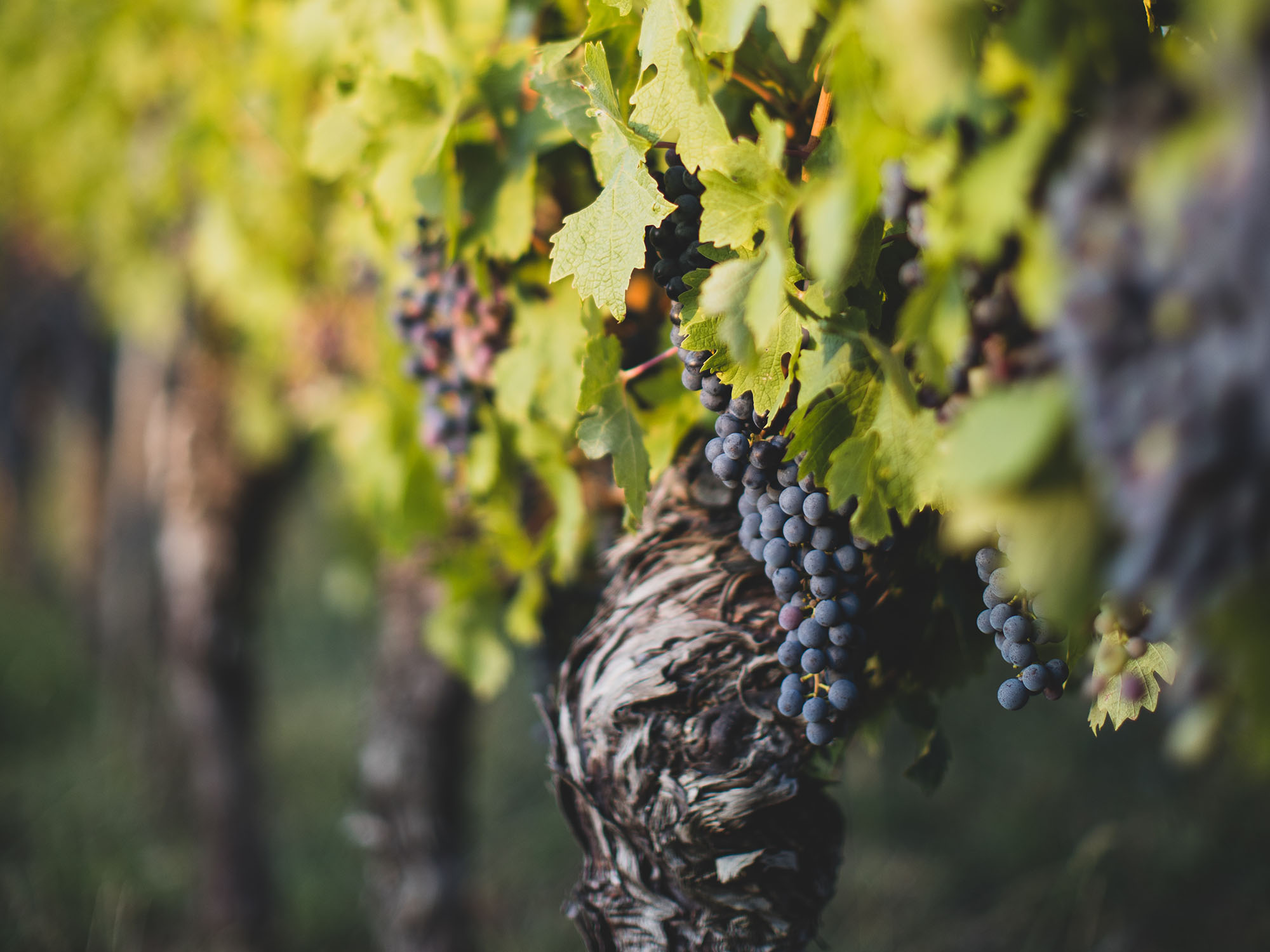
Results of competition measurements
- Light water competition can appear.
- There is competition for nitrogen, but it is possible to prevent it using leguminous species.
- Yield loss is limited, except for very superficial soil or during severe summer drought.
- Superficial soils are much more impacted than deeper soils: it is not recommended to implement permanent cover crops in these situations.
- After 4-5 years, spontaneous weeds take the advantage on cover crops. For very low competition cover crop species, it can be about 2-3 years.
Sowed intra-row cover crops
- Cover crops are an interesting alternative weed control. According to the choice of species, you can have different coverage rates, different cover crop heights, and different competition rates.
- Technical remaining issues: intra-row sowing is complicated and can be expensive; the sowing does not always work; the cover crops last a few years before spontaneous weeds take the advantage.
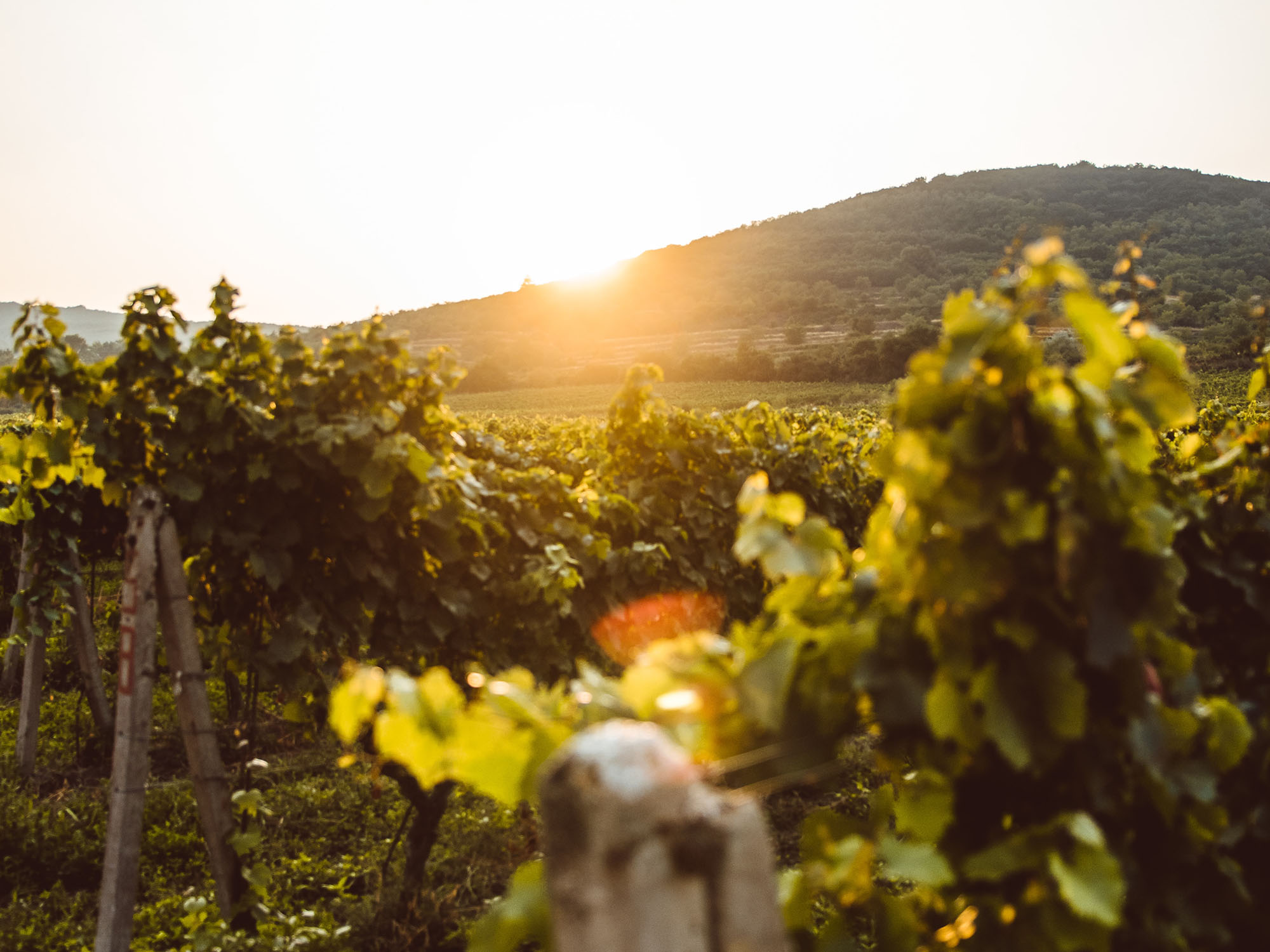

Spontaneous intra-row cover crops
- Spontaneous cover crops are naturally adapted to soil and climate.
- Issue: there is no control on spontaneous cover crops species about height, soil coverage rate, and competition with grapevines.
Intra-row cover crops are an alternative weed control. Competition can be managed depending on cover crop area width, and with consistent choice of cover crop species.
A presentation brochure on technical aspects was produced in French, and several videos were recorded for broad diffusion of the results. The results were also presented during technical conferences.


